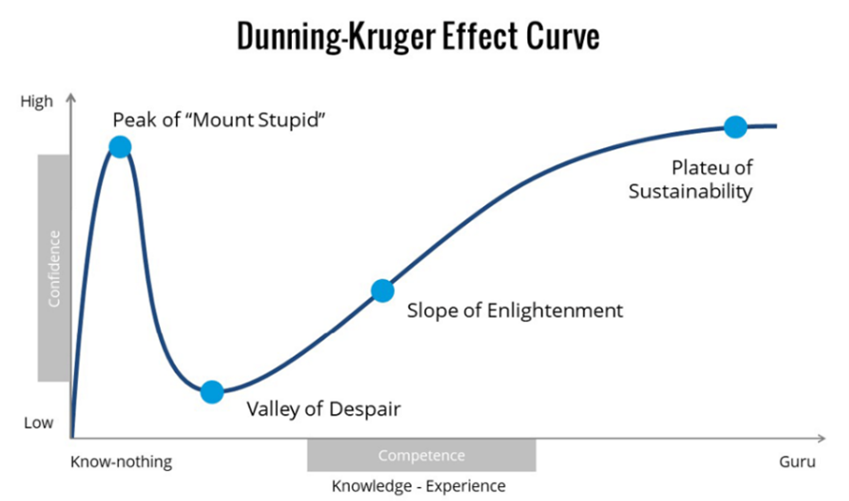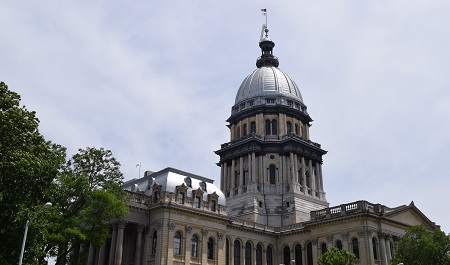The right to read is foundational to our community and our democracy. Literacy is essential for an individual’s ability to earn a living, be informed consumers, participate in their children’s education, and pursue happiness. But did you know that about one-third of Illinois students read below a ‘basic’ level? The consequences of missing out on evidence-based literacy instruction can last a lifetime.
Your $5 gift today will help us keep up the momentum on improving literacy!
The literacy crisis is urgent and solvable. Other states have taken action while Illinois has largely sat on the sidelines. But not anymore! Here’s what we’re doing to address it:
- We facilitate the Illinois Early Literacy Coalition to empower parents, educators, and community members from up and down Illinois to join their voices and collectively advocate for all children to have equitable access to evidence-based literacy instruction.
- We hosted a Literacy Summit over the summer, bringing together dozens of literacy advocates to refine our goals, grow our networks, and activate for change.
- Coalition members also urged the State Board of Education to host a literacy gathering, which culminated in a statewide summit in October.
- We expect 2023 to be the year for action as we continue the push, along with dedicated legislative champions, to enact literacy legislation.
Thank you for standing with us this year, and I hope we can count on your support as we keep up the fight in 2023 and beyond, until every child has access to the resources and instruction they need to learn to read.
















